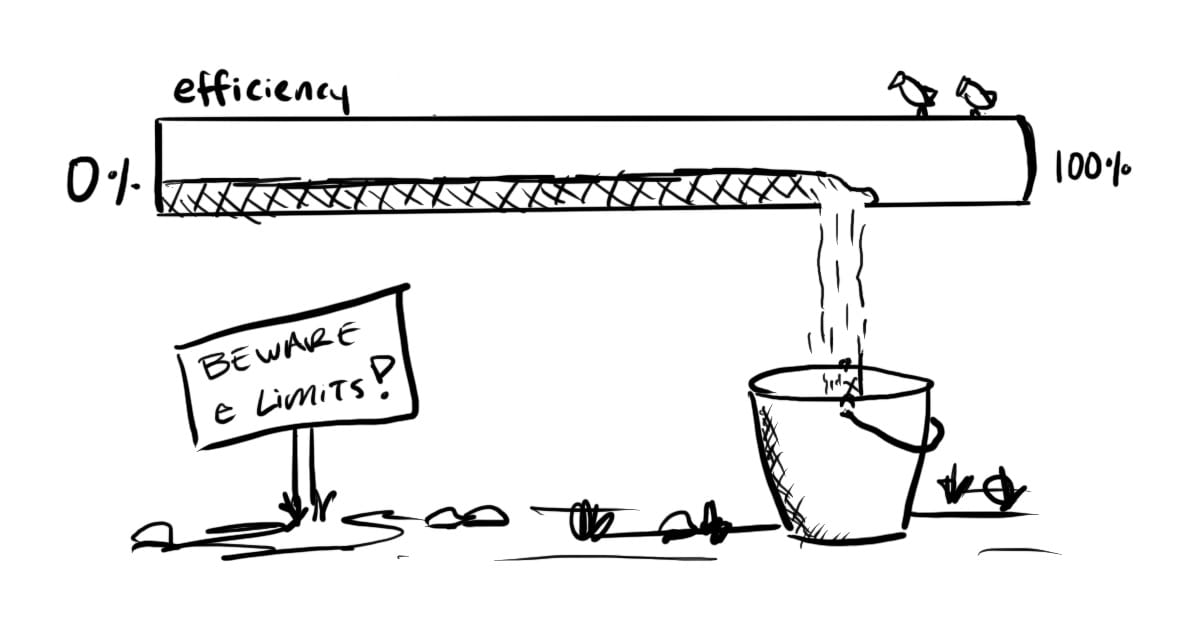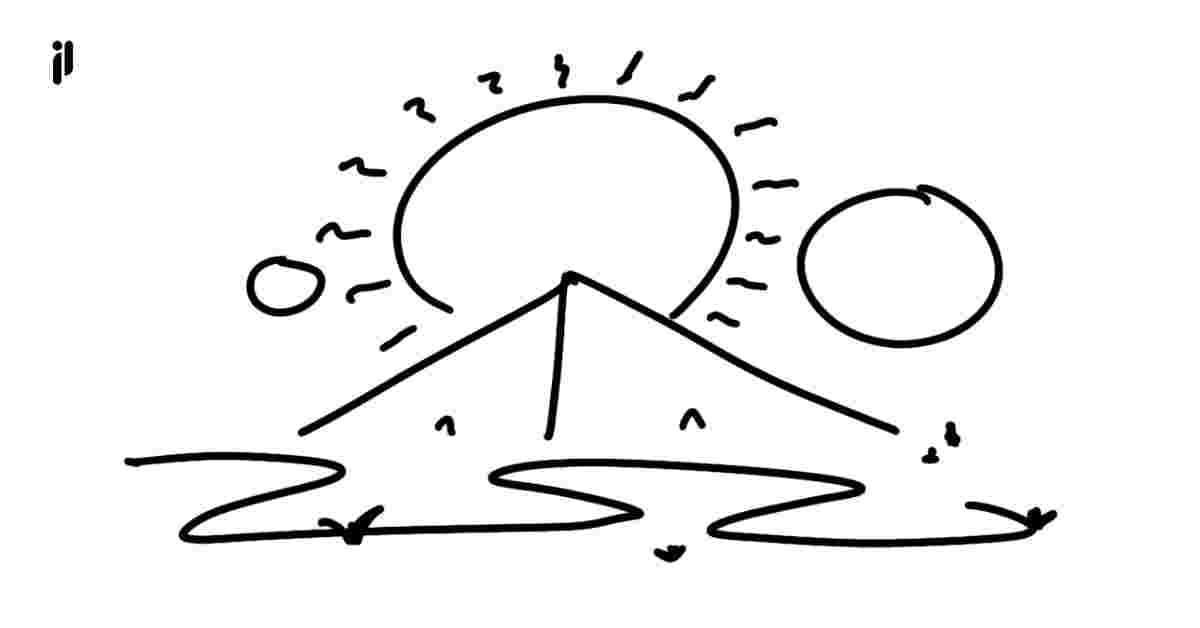Are suggestion algorithms stealing creators' time?
Social media algorithms are stealing your time by demanding increasing quantity regardless of quality.

“Social media algorithms are trying to steal your time by demanding increasing quantity irrespective of quality.”
I recently had this thought as I was sifting through this article by Alex Mathers. It suggests that creators need to publicly release (approximately) 300 pieces of content before they’re likely to see an increase in audience.
I agree with this. And that’s a bit disconcerting. Here’s why…
Quantity ≠ Quality
Social media content has a quality problem. I’d rather see one great post (article, video, song) that had some serious thought put into it than fifty posts fondling the same surface-level thoughts. That’s not a dig at the creatives and content creators behind the posts— pretty much every social media algorithm rewards you for publishing regularly. What’s rewarded is reinforced, even if it defies our best interest over time.
Not too long ago, social media timelines were linear. Every post of everyone you followed appeared — in the order they were posted — in your main feeds. In some ways, this discouraged creators from oversaturating their followers’ feeds by posting too often… particularly if the posts were low quality. And if you found an account that released great stuff infrequently, you never had to worry about actually seeing it. Quantity did not come at the expense of quality.
Now, however, feeds rely on suggestion algorithms to determine if even the people that follow you see your latest content. Content goes through a battle royale, survival-of-the-fittest contest with other posts to determine which ones get ✨ blessed ✨ with attention. And the rules of this contest are closely guarded secrets.

“So what? It’s a change in the algorithm,” the brain groans.
Yes, but it shifts regularity from something that’s rewarded to something that’s required. And that requirement tells creators that volume is a better path to attention than value.
Even this article bets on that being the case. Hypothesis unlocked 🔐
Suggestion algorithms also put an additional layer of complexity between creators and their audience. They're an enigmatic middleman. Not knowing how the algorithm works means it’s hard(er) to judge and build knowledge around what works with the algorithm.
This impacts how creators can build their self-efficacy as it relates to content that their audience will enjoy. And low self-efficacy impacts one’s ability to be creative (Tierny & Farmer, 2002). When your platform relies on creators, anything that inhibits creativity seems shortsighted.
Unless, of course, you’re saying one thing and doing another.
A cynical thought
The switch to suggestion algorithms was a sea-change move by platforms to steer creators into posting more exclusively on their social media platforms.
For creators on any given platform, this means:
- Creators spend more time thinking about what works on your platform
- Creators spend more time making content for your platform (in formats that are increasingly hard to translate to other platforms)
- Creators spend less time creating content for other platforms
- There’s a larger ramp-up time for creators to see audience growth and…
- Creators have a higher incentive to employ tactics to win the “suggestion algorithm contest” even if those tactics decrease content quality
From the platform’s perspective this means:
- Creators have to commit more to your platform
- You can hint at a form of creator exclusivity to your real customers: advertisers
- You’re increasing user time on your platform while…
- Decreasing user time on your competitors’ platforms
- Further locking your creators into a platform-first way of thinking (Rather than encouraging them to create in the way they want to)
A cynic would say that platforms requiring creators to post in high quantities are attempting to snag more of that creator’s time away from other platforms.
For creatives, platform diversification is a more and more necessary strategy for success and resilience. But time is a fixed resource, and if quantity becomes more important, something has to give.





